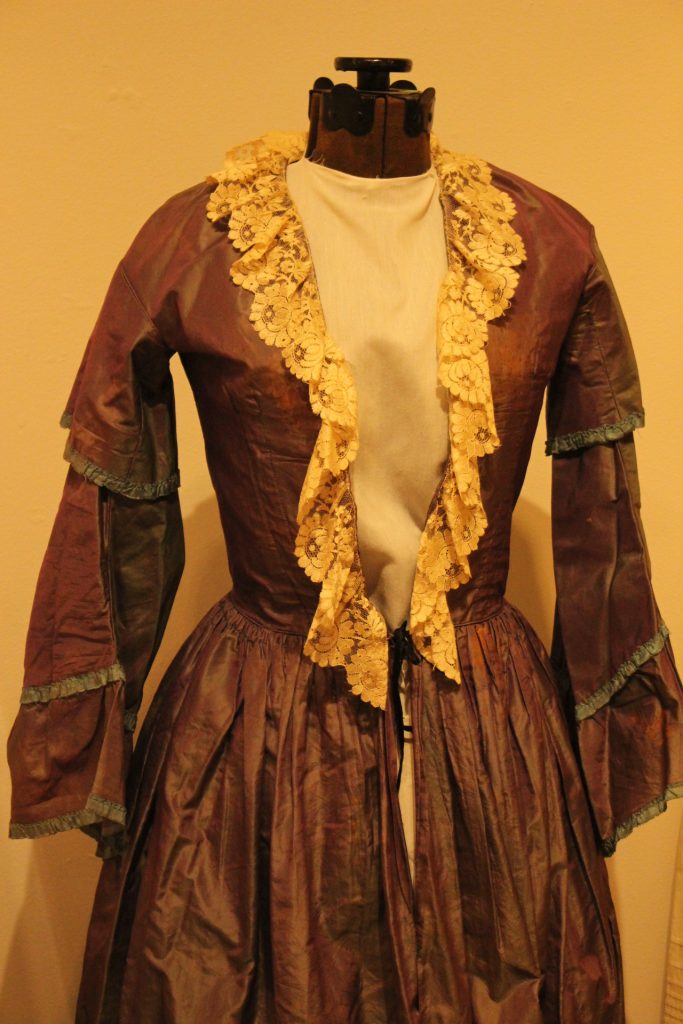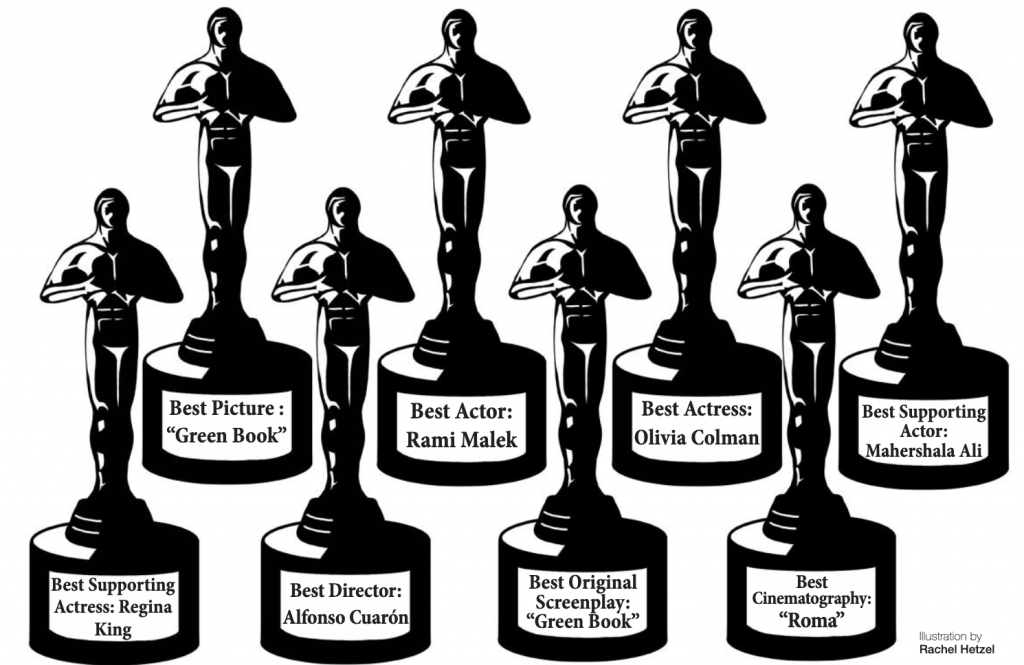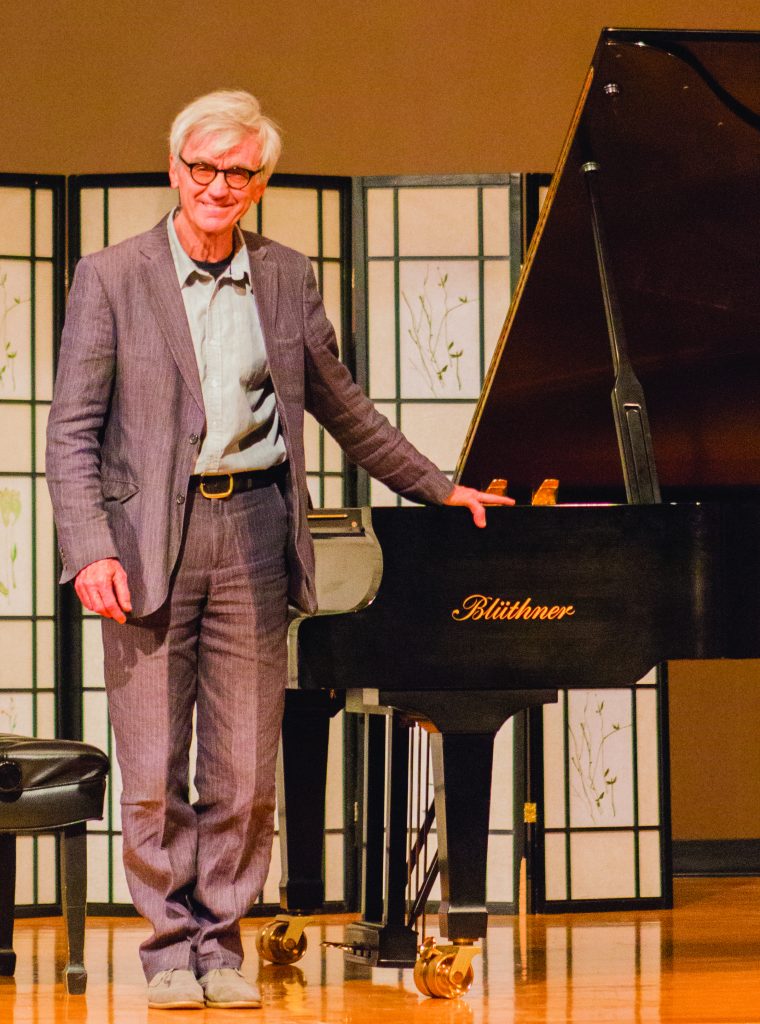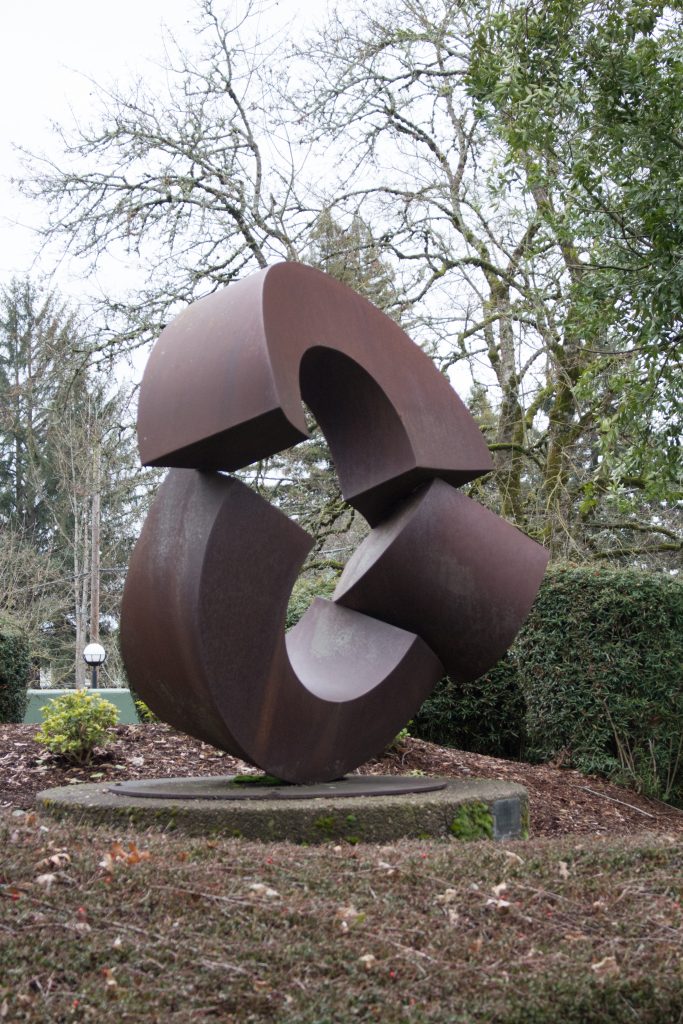
Chrys Weedon | Entertainment Editor
Since the premiere of the Broadway musical “Dear Evan Hansen” on July 9, 2015, Ben Platt has captured audience’s attention with his passionate performances and beautiful voice. After Platt left “Dear Evan Hansen” on Nov. 17, 2017, he performed at the 60th annual Grammy awards and released a mashup with “Hamilton” creator Lin-Manuel Miranda. Aside from these projects, Platt seemed to become more quiet, possibly taking a break from his intense work as Evan in “Dear Evan Hansen.”
But in January 2019, Platt announced his much anticipated debut album “Sing to Me Instead.” Four singles were released before the album’s official release on March 29.
Platt’s songs feature strong piano melodies reminiscent of his “Dear Evan Hansen” days, and soft, more muted guitar riffs that emphasize the heavy, intricate emotions this album is based on. The more simplistic technical aspects of this album could almost categorize the songs as pop, but their combination with lyrical intricacy creates songs that feel like ballads. Platt’s album could be easily characterized as empath rock due to the highly emotional content that reads like poetry.
The relative plainess of the instrumentals throughout the album only serves to support Platt’s killer vocal ability — his range is incredibly strong. Platt’s vocal runs, belts and the pure emotion injected into his voice are the true highlights of this album. Missing are the flashy, Broadway belting vocal moments, which benefits the album in my opinion.
Another highlight of this album are the lyrics. Platt co-wrote the songs on his album with a team, including Eg White, who co-wrote Adele’s “Chasing Pavements.” The songs lean more toward emotional ballads, but a couple songs have more upbeat lyrics, like “Share Your Address,” a song about wanting to take a relationship to the next level. Platt’s lyrics feel like looking through a window and getting a glimpse into his emotional life, like the listener is reading a diary entry.
In a March 27, 2019 USA Today article by Patrick Ryan, Platt is quoted: “the whole point of this (album) is to be honest about my own experiences and talk about things that have happened to me. A lot of those things just happen to be with men that I’ve been in love with.”
Overall Rating: I would strongly recommend this album.
Contact the author at howlentertainment@wou.edu
Photo courtesy of Ben Platt








 The Oregon Arts Commission states that the Percent for Art program places “high quality, accessible, and mostly visible” art where the public can enjoy it. The OAC’s collection now contains more than 2,400 art pieces that represent over 800 artists.
The Oregon Arts Commission states that the Percent for Art program places “high quality, accessible, and mostly visible” art where the public can enjoy it. The OAC’s collection now contains more than 2,400 art pieces that represent over 800 artists.